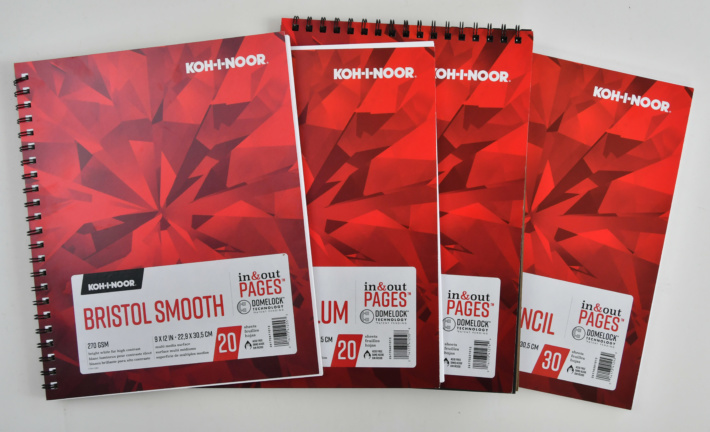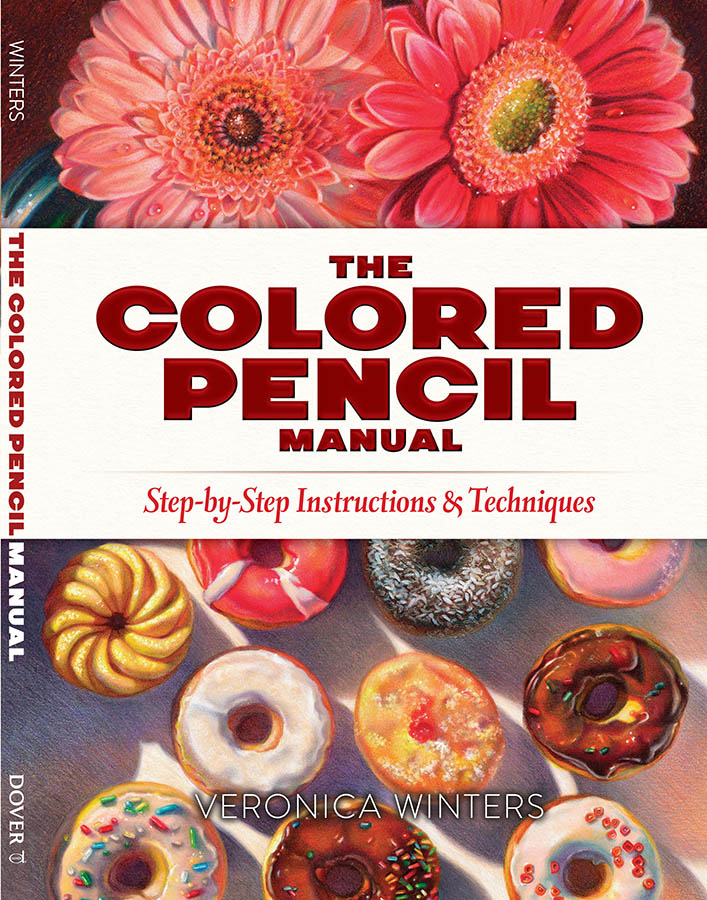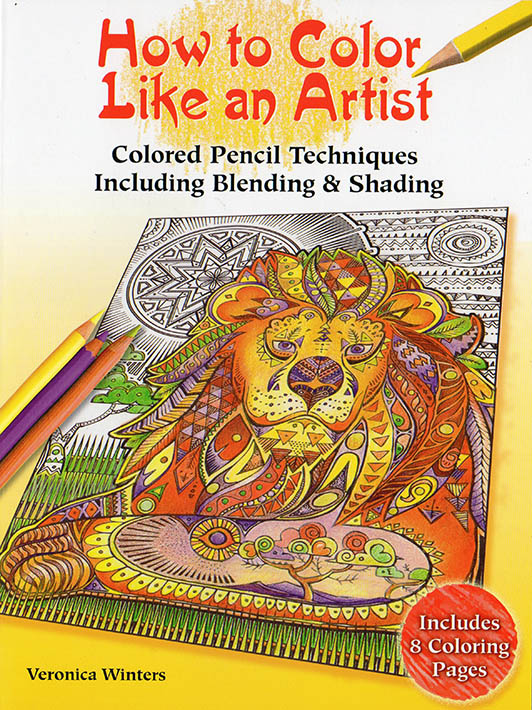This is the excerpt for your very first post.
Tag: step by step drawing
3 graphite pencil techniques for portrait drawing that work: tools and techniques
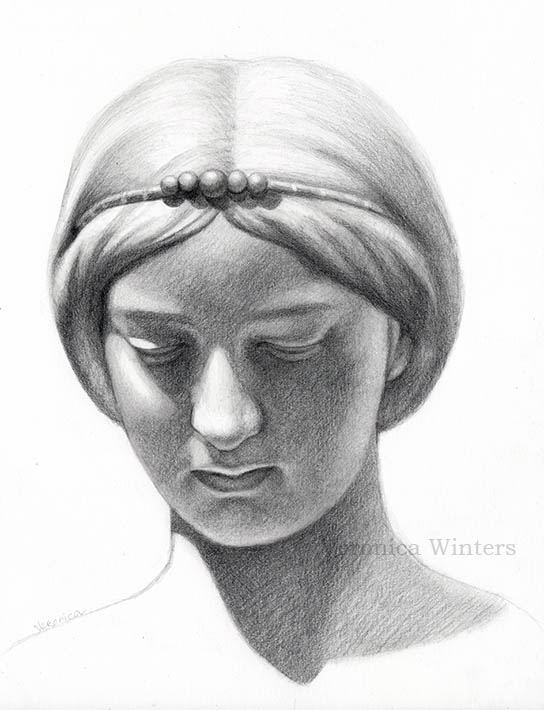
Graphite pencil drawing is a fundamental skill necessary to master for every realist artist. In this article, I’d like to share several most useful tools and techniques for portrait drawing I use the most often. Keep in mind that that these graphite pencil techniques for beginners are applicable to any kind of pencil/charcoal drawing including graphite pencil drawing realistic landscapes, still lifes, faces, fur, etc.
#1 Graphite pencil blending techniques: use paper stumps correctly
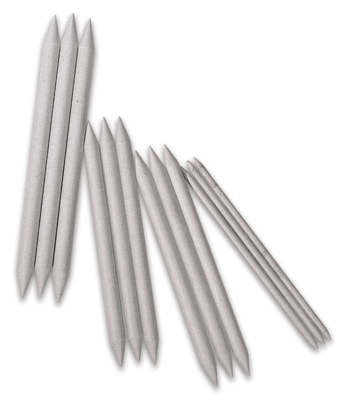
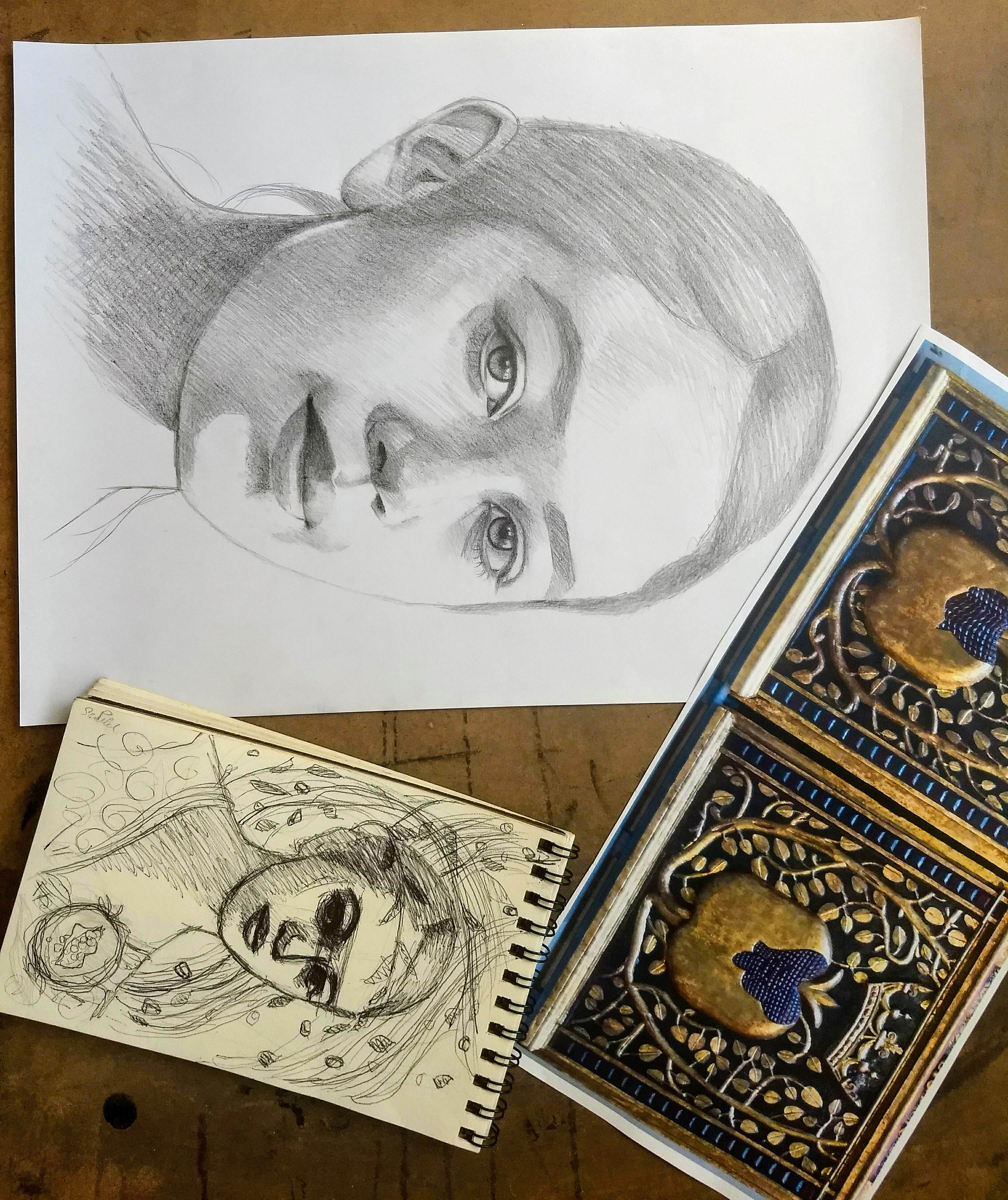
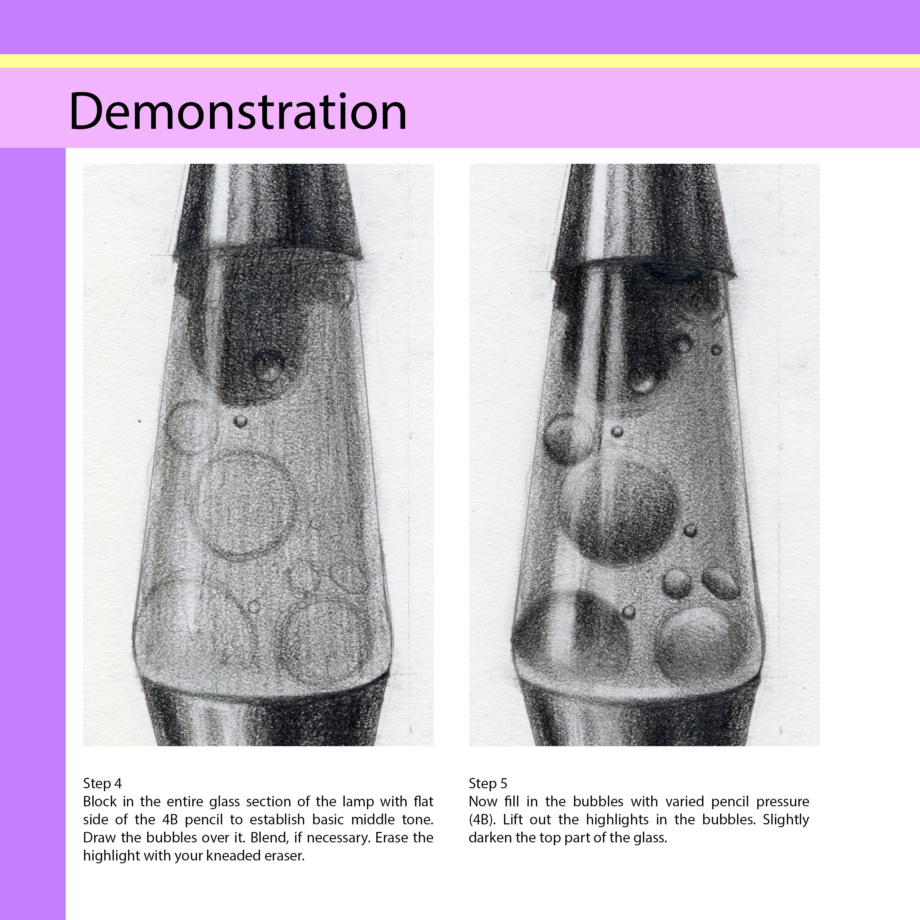
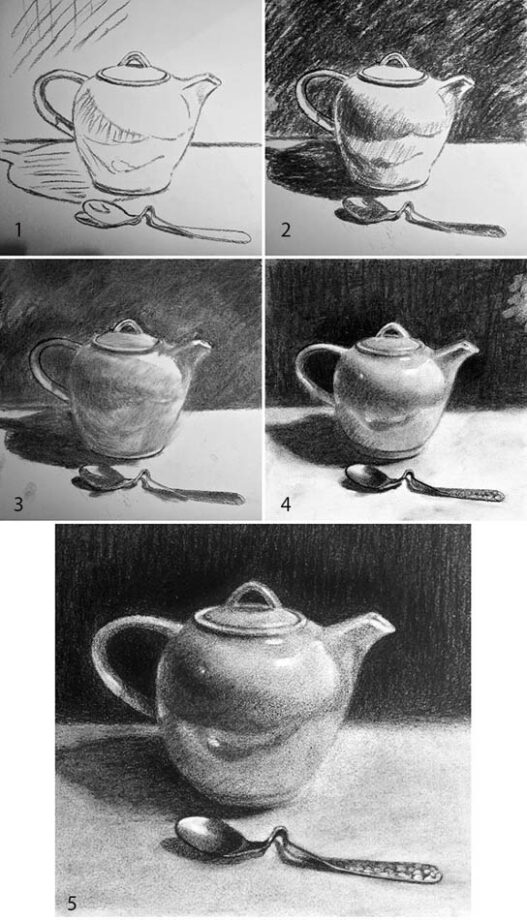
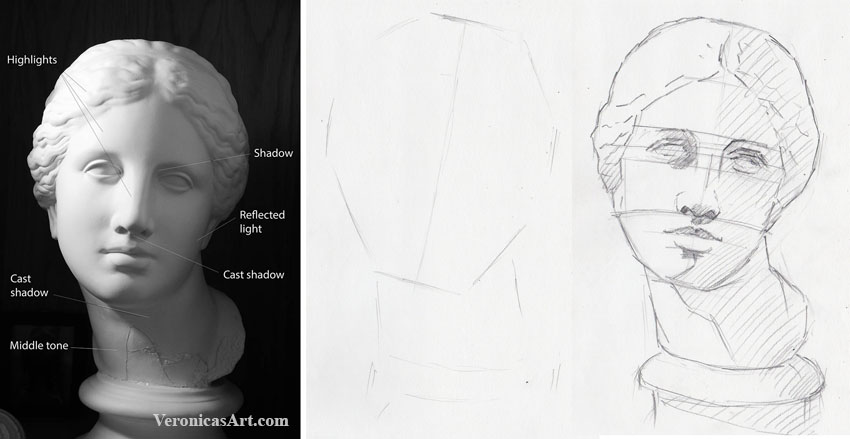
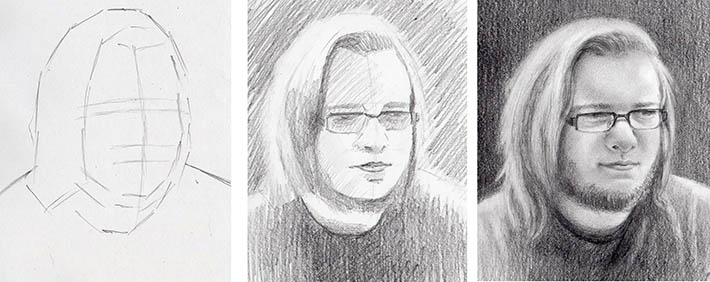
Graphite pencil blending and shading techniques in portrait drawing are the same as in still life drawing shown above. I begin shading the drawing by placing the darkest darks first. I often draw on the Strathmore Bristol vellum paper that’s smooth and thick but still has some tooth to adhere the pencil to. Once I’m done massing out the shapes in a soft, 4B graphite pencil, I use the blending stumps to blend the large areas. In the left picture I blended everything with a paper stump. If you draw in vine charcoal, a soft brush works really well to do charcoal blending. It’s important to do graphite pencil blending in the “right” direction not to overwork the surface.
Drawing Paper
I’m amazed by the quality of this paper. It’s quickly becoming my favorite because Koh-I-Noor in & out pages are thick, smooth, and versatile. I love how easy it is to layer both graphite and colored pencil on it that hardly needs any blending! Also, I can place my drawings back into the pad for a beautiful presentation. I’ve drawn on Koh-I-Noor Bristol vellum, Bristol smooth, Colored Pencil and Black Drawing drawing papers so far. All of them are fantastic! While Koh-I-Noor Black Drawing has thin pages, the rest of them are thick, and all are smooth with a different degree of light texture present to grab the pencil. Give them a try!
#2 Graphite pencil erasing techniques: kneaded eraser & Tombow Mono Zero eraser
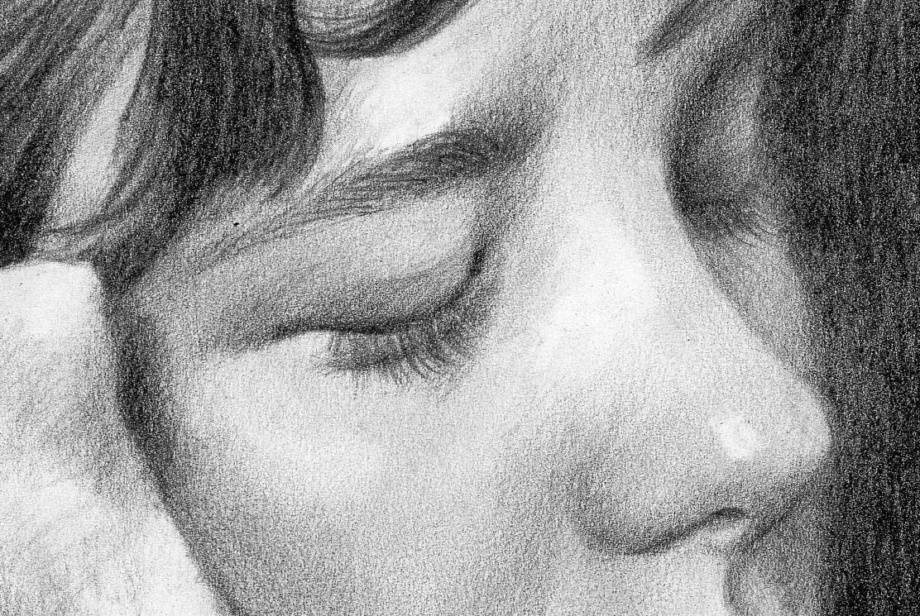
In the second step, I usually lift out the highlights with the kneaded eraser to create small spots of light seen on skin. This is the most useful graphite pencil erasing technique. Any brand of a kneaded eraser works about the same. The kneaded eraser lifts out the pigment without any residue to make soft edges around the highlights. These lights look natural and realistic. I often lift out more graphite pencil than I need to to come back to it with refined pencil shading around the highlights.
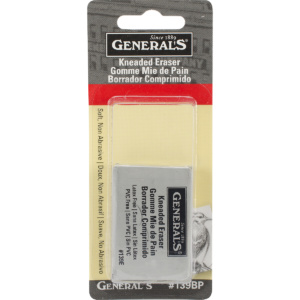
Graphite pencil drawing realistic textures:
Tombow Mono zero eraser is a great eraser that erases tiny graphite marks. You can create incredible textures and details. This eraser helps in graphite pencil drawing of realistic textures, such as thin strands of hair or tiny highlights in the pearls or lights on the face and eyelashes. This eraser works great in colored pencil drawing as well when I try to erase hard to reach, tiny areas in my drawings. I buy these on Amazon. So if you decide to give zero eraser a try, order two or three of them at once, you won’t regret it!
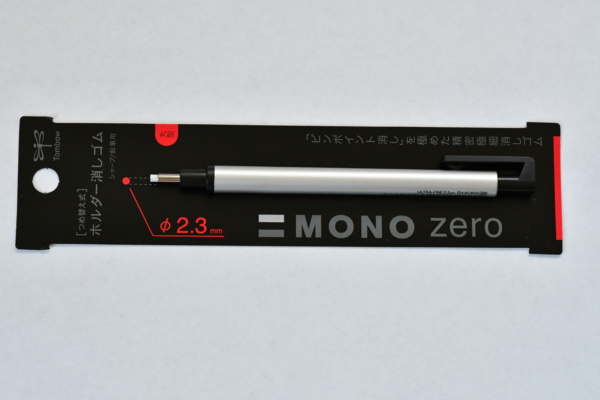
Drawing realistic textures in graphite pencil: Once I’ve developed a range of tones, I work on specific textures seen in the reference photo. In this drawing of Khaleesi you see the texture of clothing that I’ve done with rubbings. I placed a pumice stone under my paper and shaded over it with a soft pencil where the clothing should be. This rubbing gave me the initial texture I worked around in pencil to develop it further. I also did some lifting out with both kneaded eraser and the zero eraser on her necklace and hair.
To make texture in the jewelry on her neck, I used some magic tape. I placed it over the shaded area, made short strokes on the tape with a ballpoint pen and lifted it out to reveal this unique texture.
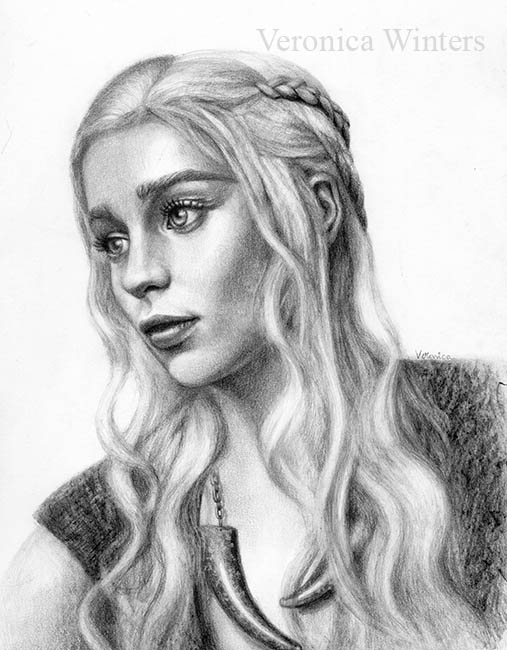
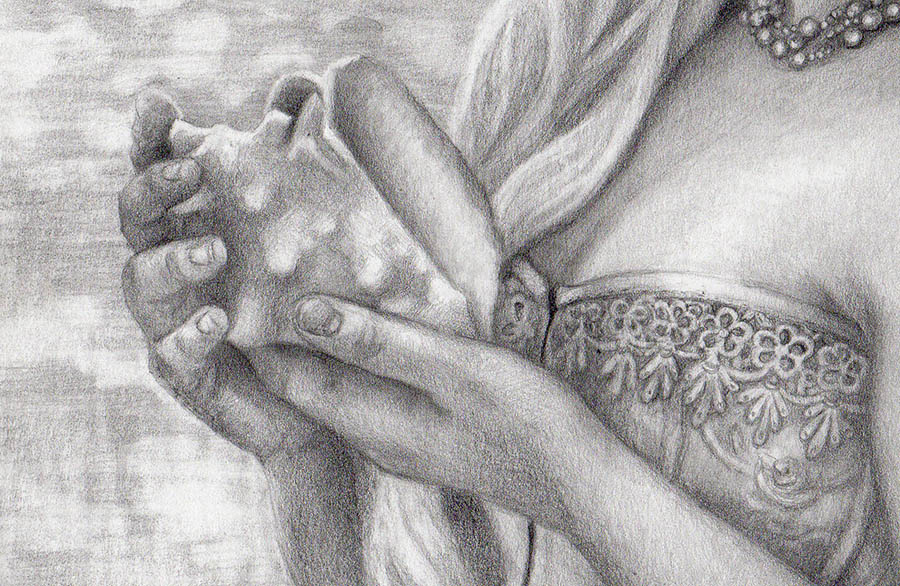
#3 Graphite pencil shading techniques: values & layering
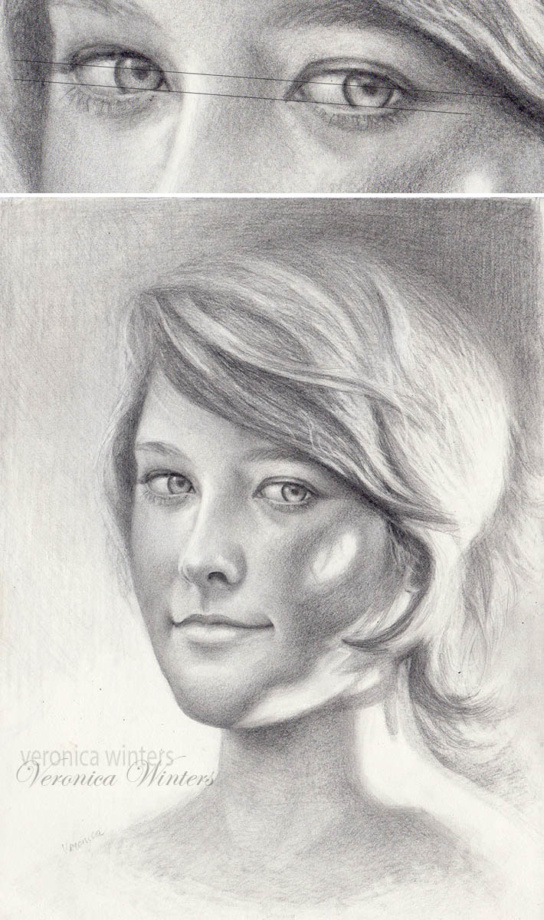
Value scale

Every color has its own value scale going from the darkest dark to white. Some dark colors have a much wider value range as opposed to the light colors. (Think of ultramarine as a dark color and yellow as a light one).
You control your values while you keep graphite pencil shading. You need to create a range of tones from very light to very dark to make your portrait three-dimensional. Usually, students complete their drawing with a very limited range of tones. That’s why everything looks “average grey” or “too flat.”
Convert your color image into a black-and-white picture on your computer, and you’ll understand how dark the shadows should be. Then step back from your finished pencil drawing to compare it to your black-and-white reference.
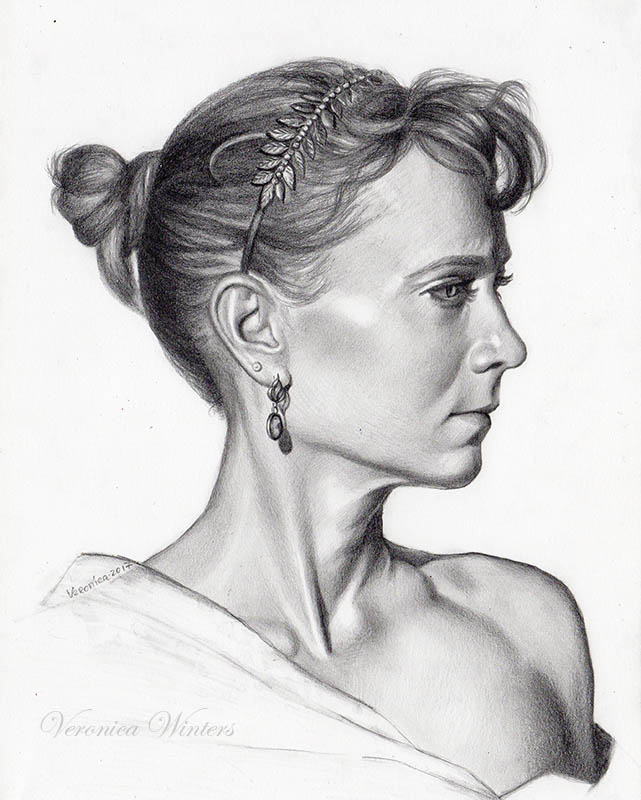
I layer the graphite pencil by erasing, enhancing the dark values, and refining the details. I work on subtle transitions of tone with harder pencils, especially if it’s a skin tone. I usually shade with 2-4H graphite pencils gently transitioning from medium to light tone.
Final fixative:
When graphite pencil shading is complete, I use a final fixative, spraying my drawing outdoors. I strongly recommend using professional-grade fixatives, like the Grumbacher matte final fixative for dry media or Sennelier HC10. It gives a very nice and even finish to my artwork that’s impossible to achieve with cheaper brands like Krylon. Spray art in low-humidity, at room temperature.
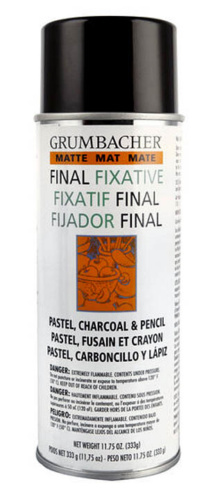
How often do you draw in graphite pencil? Drawing in pencil is a fantastic way to train your eye and hand to see values and gain precision necessary to build technical skills in realistic pencil drawing. When you become confident drawing in graphite pencil, begin drawing in color.
Check out all video courses here: https://veronica-winters-art-school.teachable.com/
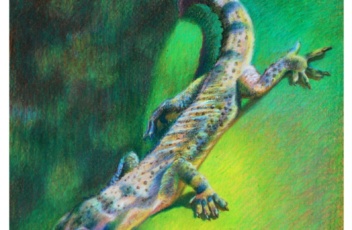
Step by step colored pencil drawing tutorial for children: gecko
In this step by step drawing demonstration you’ll learn how to layer color in colored pencil shading on toned or colored paper. You will also see how to use solvents to blend the colored pencil drawing. This is a fun drawing project to complete for both kids and adults alike.
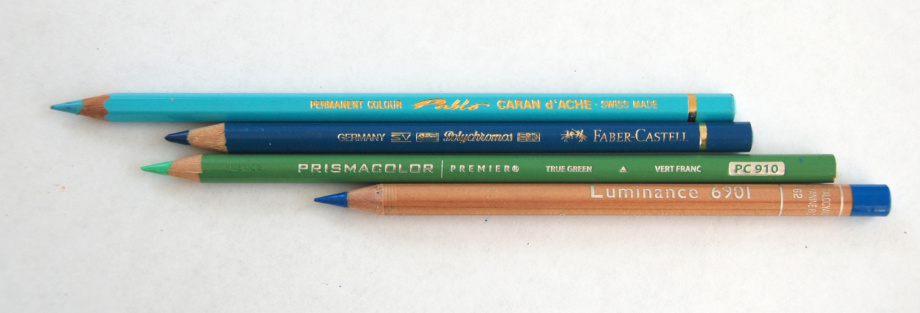
Materials:
- Canson Colorline paper. This paper can be replaced with a similar, professional toned paper.
- Prismacolor Premier colored pencils (colors are listed in steps); they can be replaced with other soft, colored pencils
- Gamsol or Caran d-Ache full blender-optional
- white transfer paper
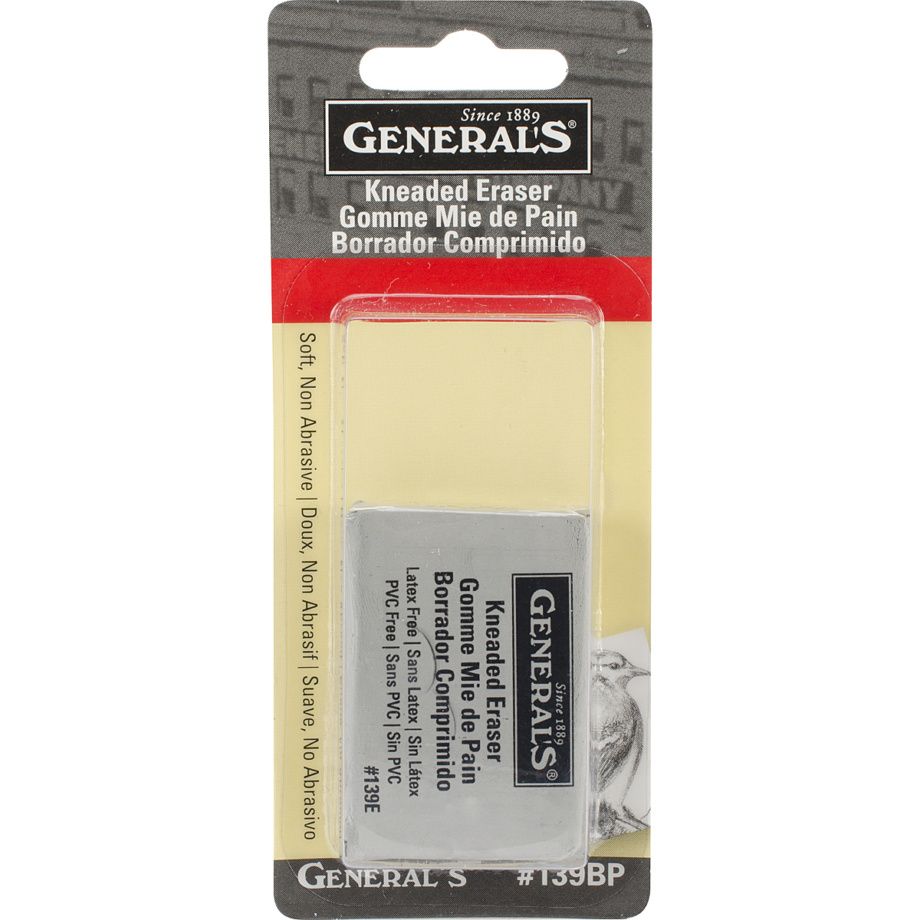
Step-by-step colored pencil drawing tutorial demonstration
Step 1 Define the shape and shadows
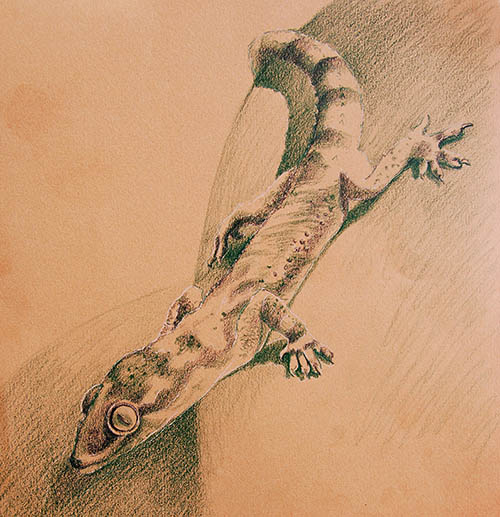
Sketch out basic outline of gecko on a sketch paper. Then transfer the outline onto your colored paper using white transfer paper. Keep the fine drawing paper clean of any residue at all times. I usually transfer the outlines using white transfer paper manufactured by Loew-Cornell. This paper lasts for years, and the lines are very easy to erase with the kneaded eraser. MAKE SURE YOU USE THE SMOOTH SIDE OF YOUR DRAWING PAPER!
When you have transferred the outline, strengthen some lines in colored pencil to separate between the shapes. The color of my colored pencil depends on the subject’s basic tone. If the subject is light, I use cream colored pencil to strengthen the outlines, if the subject is dark, I use dark brown to outline some shapes.
Use dark brown like raw umber and dark green to map out the dark spots and shadows on the lizard’s skin.
Step 2 Block-in the background
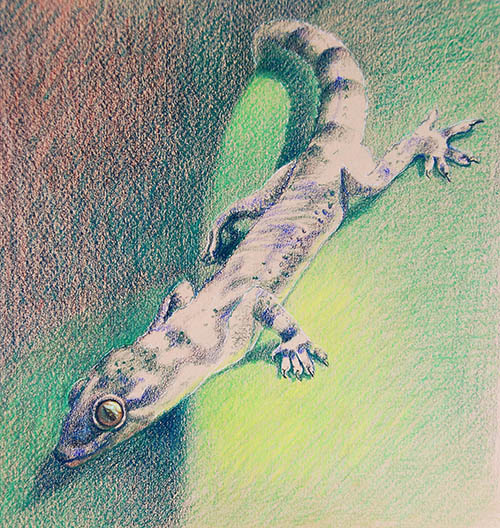
Block in the background with indigo blue and the same dark brown you’ve used before. (A combination of any dark colors would work well here). Add grass green and apple green in the background’s middle tone. Then add spring green in the light.
To strengthen the pattern on the skin, shade with a combination of violet, indigo blue, and dark green.
For the eye, use a sharp point of indigo blue and dark brown to outline the circle and to draw the iris. Shade the darker values (tones) on the left side of the eye, while deliberately using lighter tones on the right.
Notice that all colors look a lot more vibrant on colored paper as opposed to colored pencil shading on white paper.
Step 3: Blend the background
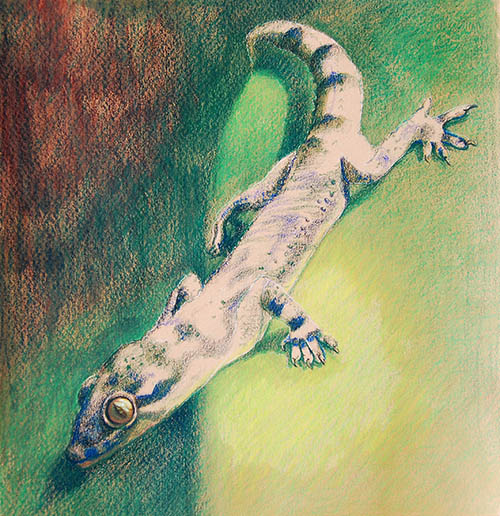
When you’ve completed shading in the background, use a solvent (like turpenoid or Gamsol) to blend the background and a few spots found on the gecko’s skin. Let it dry completely!
Make sure you use a small brush to blend the image with solvents that is not used for anything else. Solvents melt wax in the wax-based colored pencils making the surface smoother and darker.
Be careful using the solvent. Although Gamsol is a mild one and doesn't have the smell, don't inhale it anyways. Use a modest amount spreading the pigment around. To replace the solvent you can buy the caran d'ache full blender and shade the background with it.
Step 4: Colored pencil shading
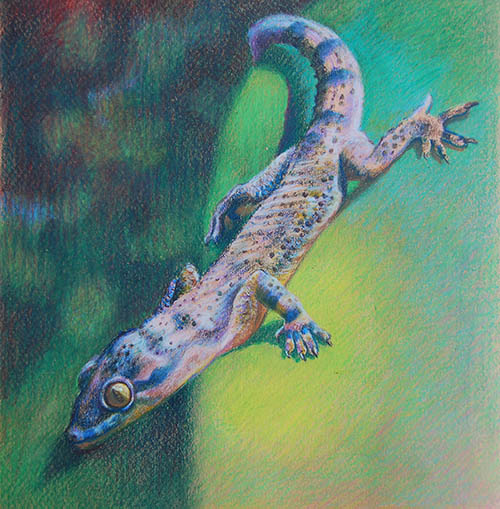
When it’s dry, shade with the same colors in the background and add a few more over the entire background space. The colors are poppy red, aquamarine, light aqua, and limepeel. OVERLAP the COLORS to get rich tones!
Now let’s draw the body. You can shade the light areas of the skin with parma violet and cloud blue, using a very heavy pencil pressure.
It’s important to see how the skin pattern curves around its body.
Don't make straight lines and repetitive shapes. Create volume and dimension by curving the uneven lines around its arms and feet.
Step 5: Work on details
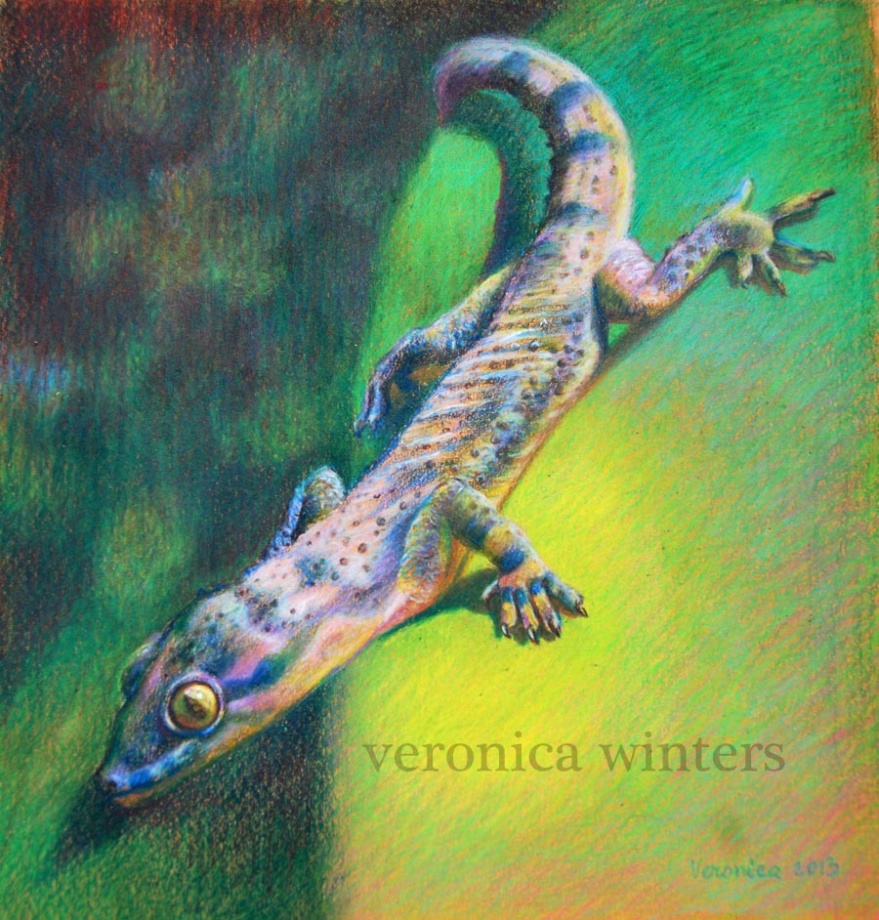
Use a touch of canary yellow and light pink to shade the reflected light on the gecko’s bottom.
Step back to look at it from the distance and check your drawing for contrast, color and shapes. If needed, re-apply the background colors once again with heavy pencil pressure. Step back. Check tones and edges. Is it dark enough? Outline a few edges in its head with sharp pencils for additional crispness and focus.
Check out all video courses here: https://veronica-winters-art-school.teachable.com/
Download free tutorials https://veronicasart.com/free-downloads/
